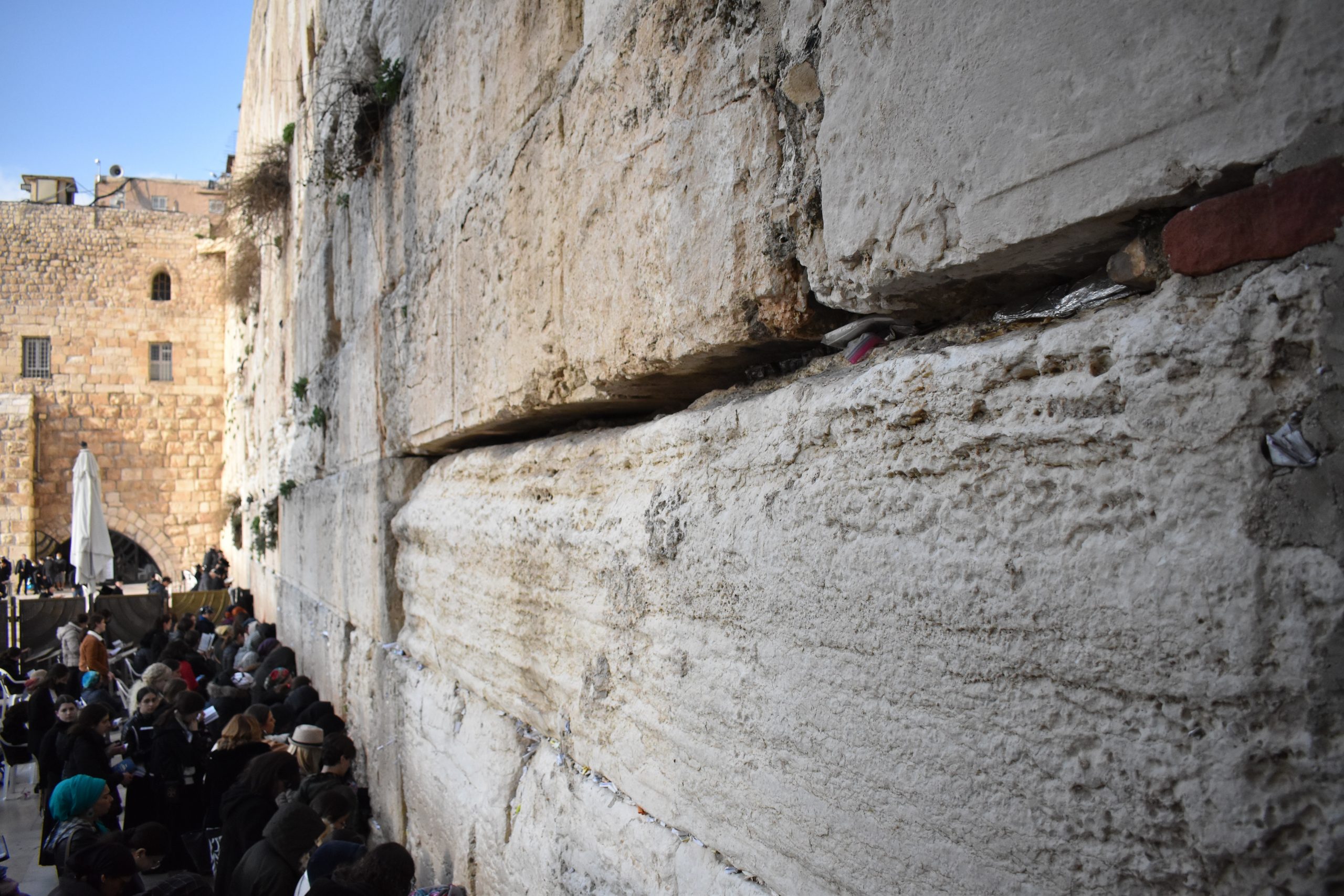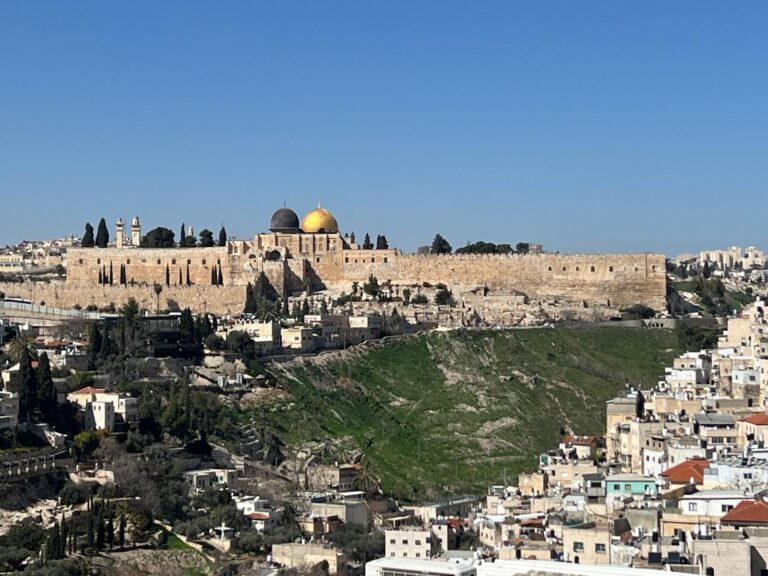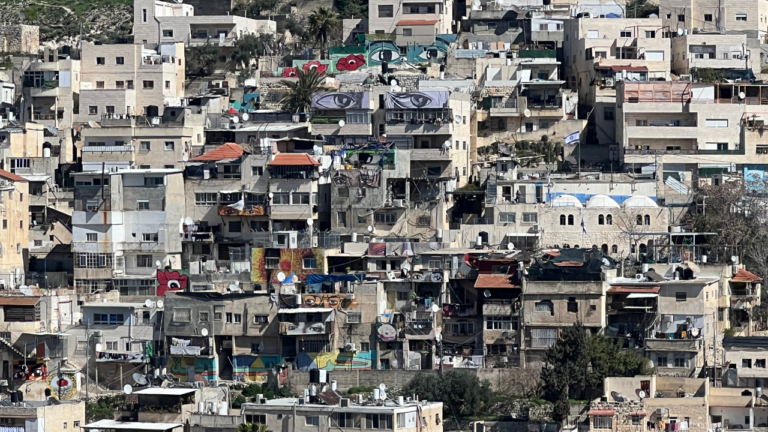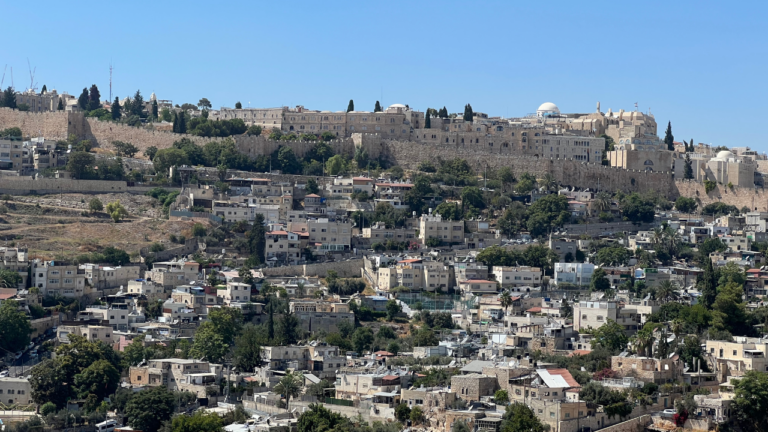Jerusalem of Fear and Joy
In our parsha Moshe speaks to Aharon twice about the special sacrifices of the day the Mishkan was to be dedicated. First, Moshe tells Aharon about what he needs to do. Then, one verse later we read:
And Moshe said to Aharon, “Approach the altar and perform your sin offering and your burnt offering.”
Why was it necessary for Moshe to tell Aharon to approach the altar? One verse earlier Moshe told Aharon precisely what he needed to do?
Rashi explains that Aharon needed extra encouragement:
Aharon was bashful and afraid to approach [the altar]. So Moses said to him: “Why are you ashamed? For this [function] you have been chosen!”
Aharon was embarrassed about being chosen to be the High Priest and was reticent to approach the altar.
The Sefat Emmet uses this comment of Rashi as an opportunity to discuss the emotions of shame and fear. While one might think that the hesitancy engendered by these emotions is a net negative for one’s service of God, in fact, the Sefat Ememt argues that they are essential ingredients in a complete religious life. A true understanding of God’s greatness will lead to a proper balance of fear, shame, joy and bliss: “for true shame and worry does not lead to sadness which prevents one from serving God, but leads to joy.” In the presence of God one can appreciate the frailty and limited nature of human existence which leads to shame and fear, while at the same time being joyfully invigorated by the prospect of connecting to the Source of all Being.
This synthesis of fear and joy also exists in Yerushalayim. On the one hand, the city is permeated by an awesome sense of fear of God. The Torah says that part of the purpose of eating ma’aser sheni in Yerushalayim is “so that you shall learn to fear Hashem your God your entire life.” Similarly, there is a special command to fear the Beit HaMikdash.
Simultaneously, though, we find that the city is permeated by a sense of joy. Yerushalayim is “the joy of the world.” The midrash comments that people avoided making financial calculations in the city’s parameters so as not to feel the anxiety and sadness that this engenders within the city. In popular Jewish imagination as well, the city is associated with joy and redemption.
How can the city be permeated with both fear and joy? Are these not contradictory emotions? The resolution is based on the idea of the Sefat Emmet above. When the fear and joy are rooted in a palpable sense of the Divine Presence, then these emotions are not only not contradictory but they coexist and mutually reinforce.



